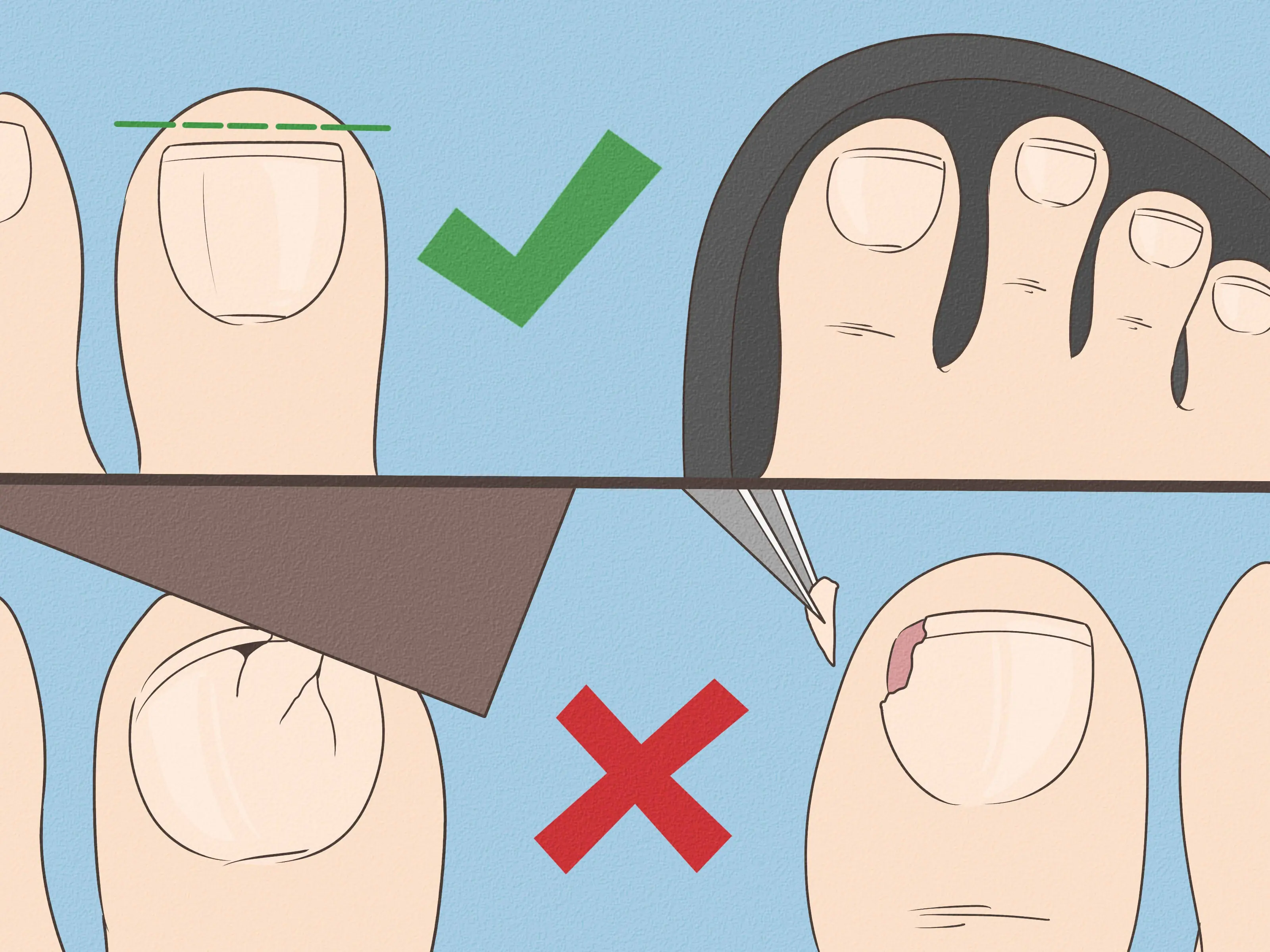
Foods that can ease swelling in hands and feet

Swelling in the hands and feet is usually not a serious health concern, especially when it develops gradually or after extended periods of standing, sitting, or being physically active. However, if the swelling appears suddenly, is painful, or comes with other symptoms such as shortness of breath, fatigue, or chest pain, it could be a sign of an underlying medical issue and should not be ignored.
Common Causes of Swelling
There are various reasons why swelling—also known as edema—can occur. These include:
-
Poor circulation
-
Fluid retention
-
Prolonged standing or sitting
-
Inactivity
-
Heat exposure
-
Pregnancy
-
Side effects of certain medications
While occasional swelling is often harmless and goes away on its own, persistent swelling may be linked to more serious conditions such as heart disease, kidney problems, or liver failure. Therefore, it’s essential to monitor your symptoms and consult a healthcare provider if the swelling doesn’t improve.
Dietary Changes Can Help
The good news is that simple lifestyle adjustments, particularly changes in diet, can significantly reduce swelling in the hands and feet. Certain foods are known to support healthy circulation, regulate fluid balance, and combat inflammation—all of which help in minimizing puffiness.
Here are 9 powerful foods that may help reduce swelling naturally:
1. Bananas
Bananas are more than just a quick snack. They are a rich source of potassium, a mineral that plays a crucial role in managing sodium levels in the body. When potassium is low, your body retains sodium, which can lead to fluid buildup and swelling.
Adding potassium-rich foods like bananas, avocados, and oranges to your daily diet helps flush out excess sodium, supporting better circulation and fluid regulation.
💡 Tip: Make it a habit to eat one banana a day—it’s an easy and tasty way to help keep swelling at bay.
2. Cucumbers
Cucumbers are made up of about 90% water, making them excellent for hydration. Dehydration can often trigger swelling as the body tries to retain fluid, so staying hydrated is key.
Additionally, cucumbers are rich in silica and antioxidants, which help strengthen connective tissues and reduce inflammation.
🥒 Eat cucumbers raw in salads, blend them into smoothies, or infuse them in your water for a refreshing and hydrating boost.
3. Watermelon
Watermelon is not just a delicious summer fruit—it’s also a natural diuretic. It helps your body eliminate excess fluid while keeping you hydrated.
Packed with vitamins A and C and the antioxidant lycopene, watermelon also has anti-inflammatory properties that may reduce swelling.
🍉 Enjoy it chilled on hot days or after long hours on your feet to soothe your body and refresh your mind.
4. Leafy Greens

Dark leafy greens such as spinach, kale, and Swiss chard are loaded with magnesium and potassium—two minerals that work together to manage fluid levels and support circulation.
Magnesium relaxes blood vessels, while potassium helps balance sodium levels, making these greens a double win for reducing puffiness.
🥗 Incorporate leafy greens into smoothies, stir-fries, soups, or salads for a nutrient-packed addition to your meals.
5. Berries
Berries—whether blueberries, strawberries, or raspberries—are small but mighty. They are anti-inflammatory powerhouses, rich in antioxidants like anthocyanins that protect blood vessels and improve circulation.
🍓 Start your day with a handful of fresh berries or add them to oatmeal, yogurt, or smoothies for a sweet and healthy start.
6. Pineapple
Pineapple contains bromelain, a natural enzyme known for its anti-inflammatory and circulation-boosting properties. It's so effective that athletes often eat pineapple to reduce swelling after injuries.
Fresh pineapple or unsweetened pineapple juice makes a refreshing snack that also supports fluid balance.
🍍 Include it in fruit salads, juices, or eat it as-is to benefit from its healing properties.
7. Celery

Celery is a natural diuretic, meaning it helps flush excess water from the body. It's also a good source of fiber, which promotes healthy digestion and reduces bloating—a common contributor to swelling.
While celery juice may lack fiber, it can be higher in water content and compounds like butylphthalide, which have been linked to improved circulation.
🥤 Try drinking celery juice in the morning or munch on celery sticks as a crunchy snack.
8. Ginger and Turmeric
These two spices are famous for their potent anti-inflammatory effects. They improve circulation, reduce stiffness, and help manage swelling—especially in conditions like arthritis or fluid retention disorders.
☕️ Brew fresh ginger tea or cook with turmeric in soups, stews, or curries to harness their natural healing powers.
9. Nuts and Seeds
Though not hydrating like fruits and veggies, nuts and seeds are excellent sources of magnesium, especially almonds, cashews, and pumpkin seeds. Magnesium helps regulate fluid in the body and supports vascular health.
⚠️ Important: Opt for unsalted varieties—salted nuts can counteract the anti-swelling benefits and worsen water retention.
Final Thoughts
While the foods listed above can support your efforts to manage and reduce swelling in your hands and feet, they are not a replacement for medical treatment, especially if the swelling is persistent, painful, or accompanied by other symptoms.
Adopting a healthier diet and staying hydrated can make a significant difference, but always consult with a healthcare professional if you have concerns or underlying health conditions. Your body often gives subtle clues when something isn’t right—so listen carefully.
🧠 Remember: What you eat can either support or sabotage your health. Making small, informed choices every day adds up over time.
News in the same category

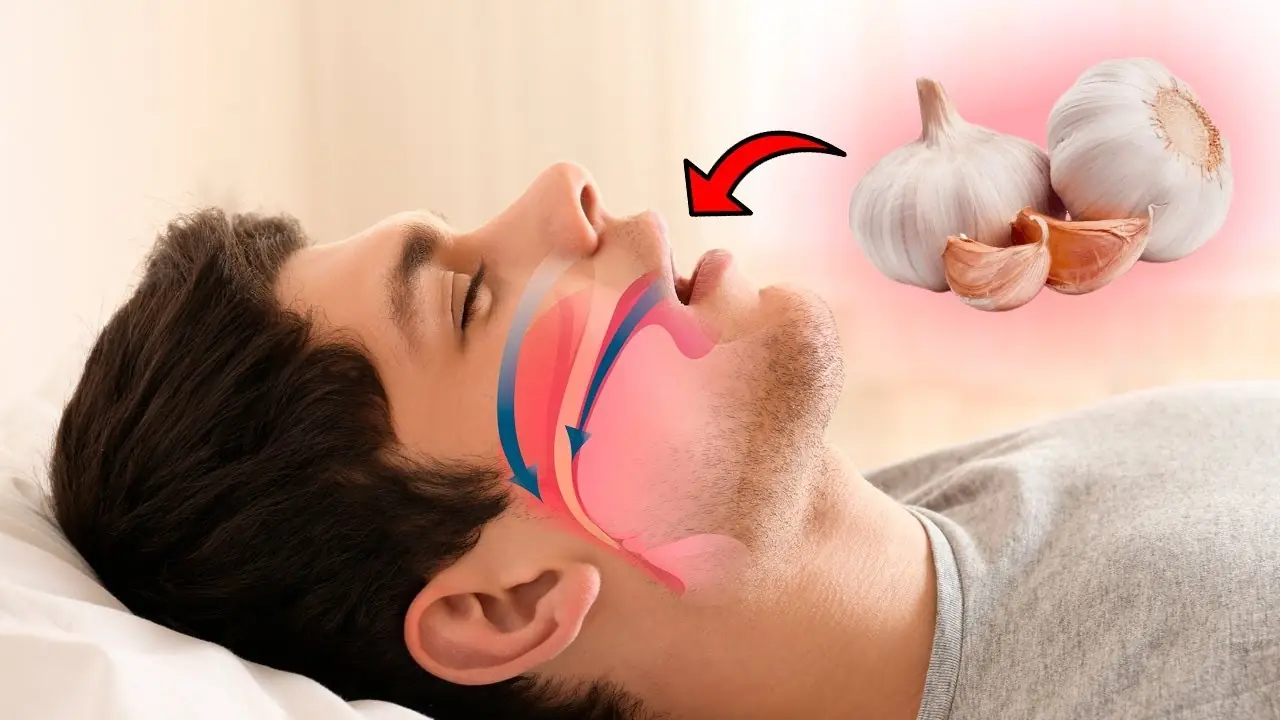
This Is What Happens to Your Body When You Start Eating Raw Garlic

What Those Red Spots on Your Skin Are Warning You About and How to Remove Them Naturally
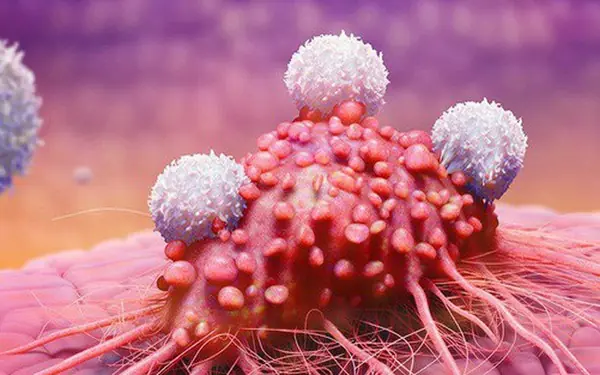
Small Morning Habits That Many Overlook but Boost Blood Flow and Energy
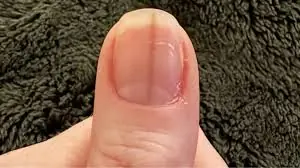
Woman Urged to See Doctor After Spotting Concerning Line

Groups of People Who Need to Avoid Eating Bread
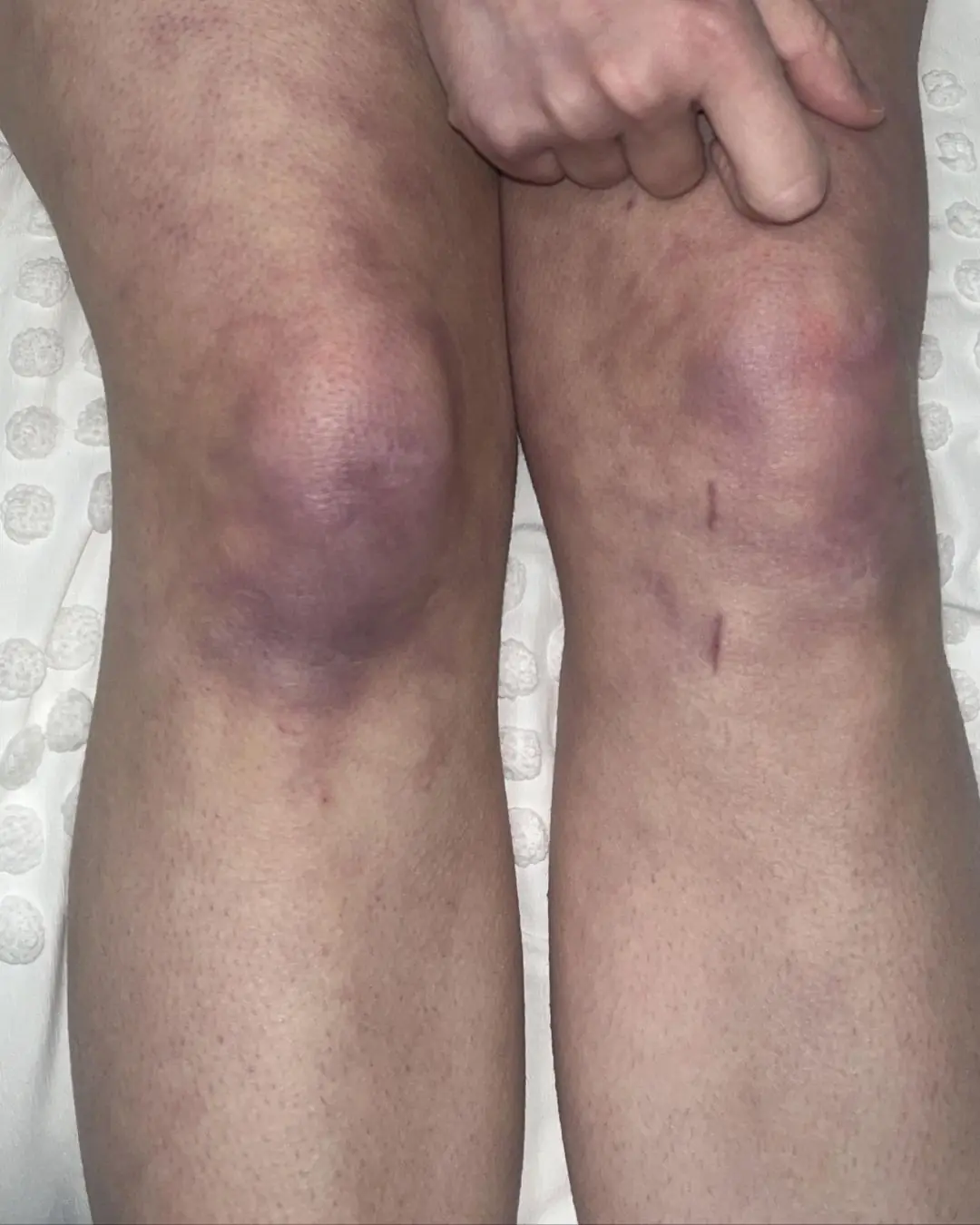
What those strange skin patterns might really mean
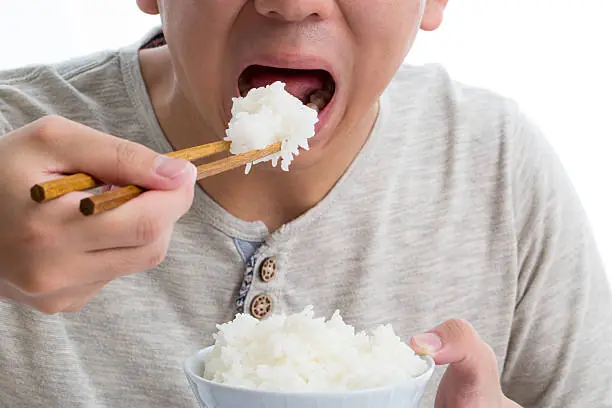
Should You Eat Rice for Breakfast

Preventing Stroke At Any Age: 3 “Don’ts” After Meals—And 4 “Don’ts” Before Bed
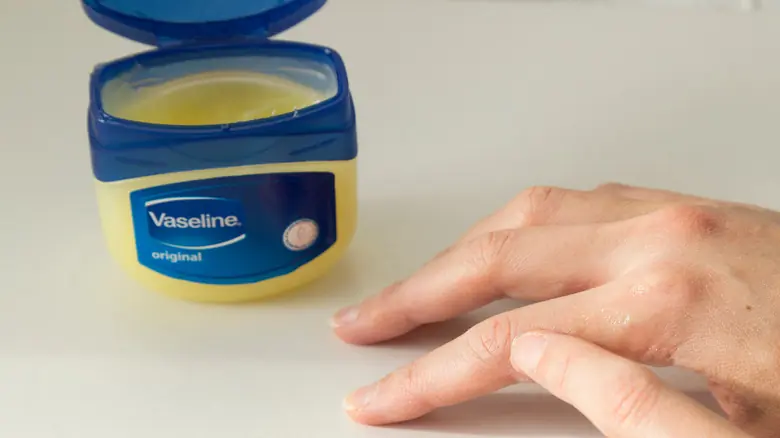
Why You Should Stop Using Petroleum Jelly On Your Skin (It’s a Byproduct of the Petroleum Manufacturing Process)

Blood Clot in Leg: Signs and Symptoms You Shouldn’t Ignore (Pictures Included)

The Most Effective Ways to Naturally Get Rid of Clogged Ears

Most US Neurologists Who Prescribe MS Drugs Take Industry Money

Cognitive Benefit From Ginkgo biloba Monotherapy in MCI

Keeping Up on HS Management When Guidelines Are Outdated

How Your Body Changes in Your Forties and What It Means for Your Health

17 Foods That Increase Magnesium And Prevent High Blood Pressure, Blood Clots And Muscle Fatigue

New Blood Test Shows Over 90% Accuracy for Lyme Disease

Is AI Use Causing Endoscopists to Lose Their Skills?
News Post

What Is the Small Cap Inside Cooking Oil Bottles For? Simple But Extremely Useful

A Trick to Repel Rats Using Common Household Ingredients, Keeping Your Home Clean, Fresh, and Rat-Free

Place a Face Mask in the Refrigerator: A Small Trick with Unexpected Results

Put Ice Cubes in Your Clothes Dryer, and You’ll Be Surprised by the Results

Why You Should Put Coins in the Refrigerator?
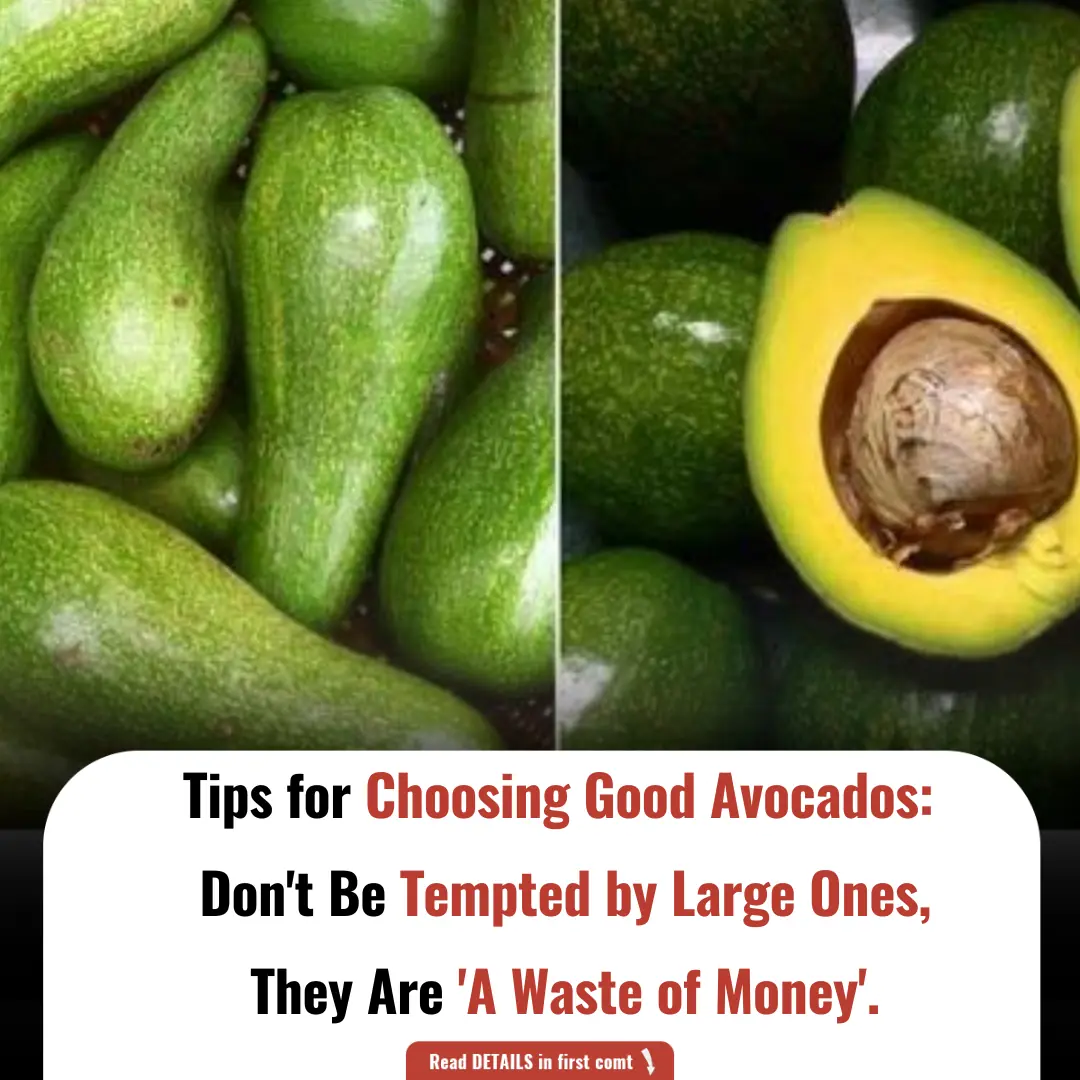
Tips for Choosing Good Avocados: Don't Be Tempted by Large Ones, They Are 'A Waste of Money'.

Natural Home Remedies for Ingrown Toenails That Bring Quick Relief

This Is What Happens to Your Body When You Start Eating Raw Garlic

What Those Red Spots on Your Skin Are Warning You About and How to Remove Them Naturally

Small Morning Habits That Many Overlook but Boost Blood Flow and Energy
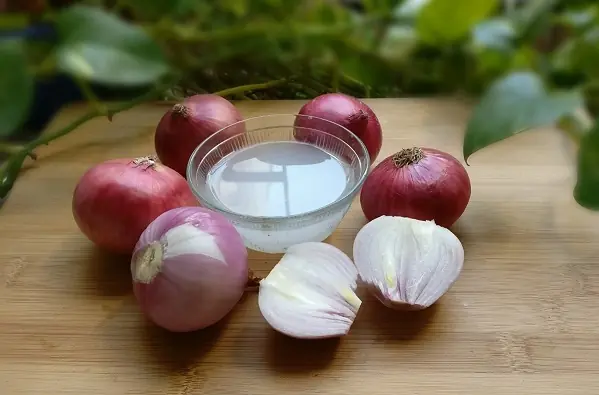
How to use Onion juice & Onion Hair Oil for Hair Growth – Onion Benefits for Hair

What it says about your relationship when your partner sleeps with their back to you

Woman Urged to See Doctor After Spotting Concerning Line
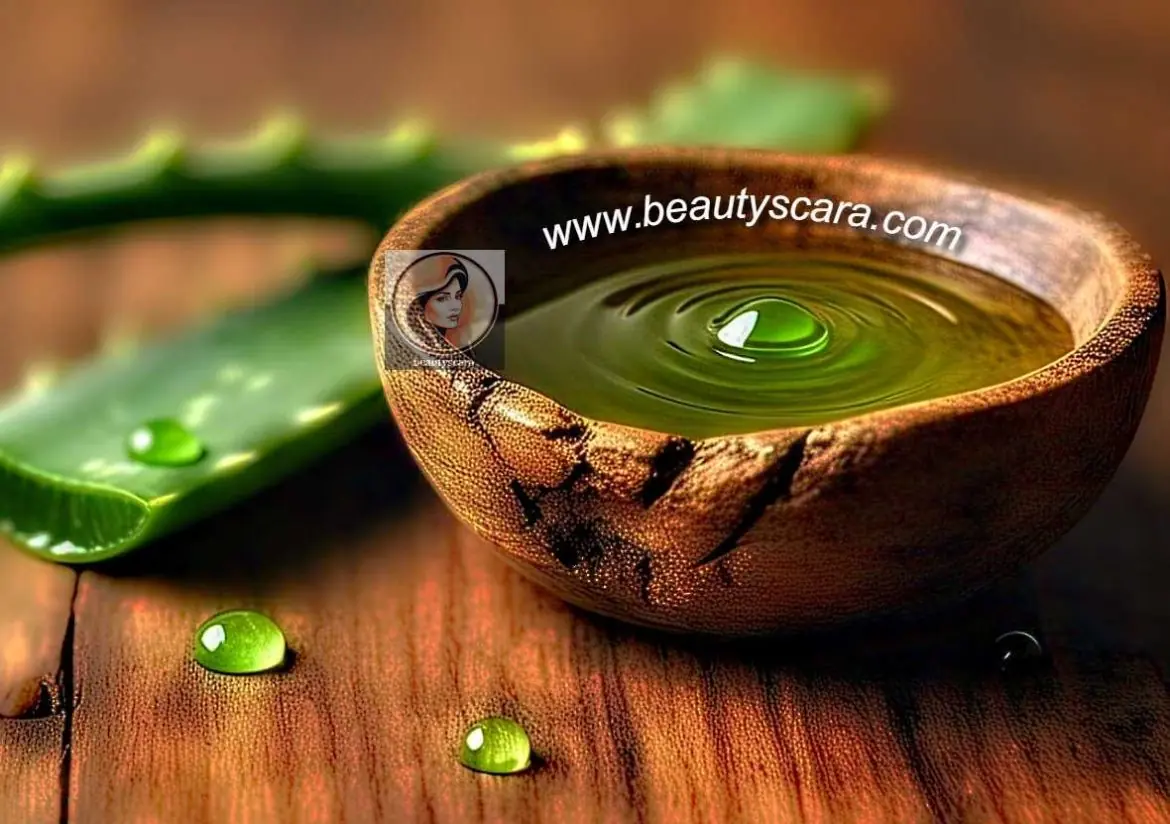
Homemade Okra Face Gel – Collagen Gel for Glowing Skin

Groups of People Who Need to Avoid Eating Bread

What those strange skin patterns might really mean

Should You Eat Rice for Breakfast

Preventing Stroke At Any Age: 3 “Don’ts” After Meals—And 4 “Don’ts” Before Bed
